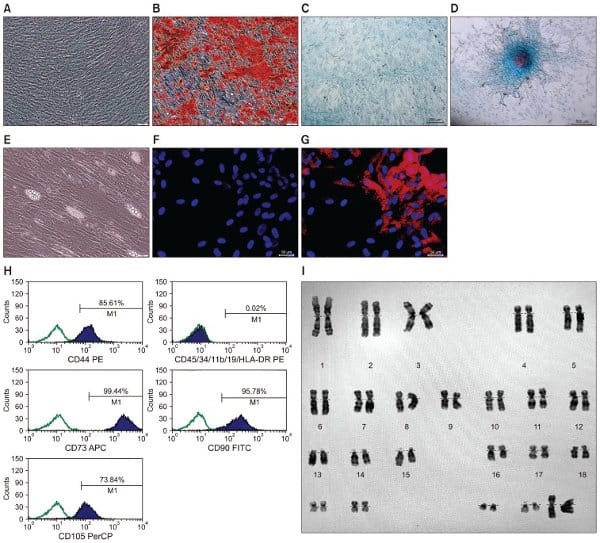Okur SÇ1, Erdoğan S2, Demir CS3, Günel G3, Karaöz E2,3,4.
Author Information:
1 Department of Physical Therapy and Rehab, Health Science University, Bakirköy Dr Sadi Konuk Training and Research Hospital, İstanbul, Turkey.
2 Department of Histology and Embryology, İstinye University, Faculty of Medicine, İstanbul, Turkey.
3 Center for Stem Cell and Tissue Engineering Research and Practice, İstinye University, İstanbul, Turkey.
4 Center for Regenerative Medicine and Stem Cell Manufacturing (LivMedCell), Liv Hospital, İstanbul, Turkey.
Abstract
BACKGROUND:
Cerebral Palsy (CP) is the most common motor disability reason of childhood that occurs secondarily to non-progressive damage in the brain whose development is still ongoing.
METHODS:
6-year-old dystonic-spastic male CP patient received allogenic mesenchymal stem cells treatment four times as 1×10⁶/kg in intrathecal and intravenous administration of Umbilical Cord-derived mesenchymal stem cells (UC-MSCs) ways. Before and after the treatment, the patient was followed-up with FIM (Functional Independent Measurement), GMFCS (Gross Motor Function Classification System 88), Tardieu Scale, TCMS (Trunk Control Measurement Scale), MACS (Manual Ability Classification Scale), CFSS (Communication Function Classification System) for 18 months and received intensive rehabilitation.
RESULTS:
Improvements were observed especially in functional scales except for the Tardieu Scale, and no adverse effects were detected aside from a slight pain in the back.
CONCLUSION:
Wider future case studies on UC-MSCs will enable us to assess the efficacy of UC-MSCs which have positive impacts especially on functional scales.

Characterization and differentiation of UC-MSCs. (A) Osteogenic differentiation control (B) and mineral nodules that stained by Alizarin Red S, of UC-MSCs cultured in osteogenic differentiation medium. (C) Chondrogenic differentiation control (D) and alcian blue staining of UC-MSCs cultured in chondrogenic differentiation medium. (E) Morphology, (F) adipogenic differentiation control and (G) Oil Red O staining of neutral lipid vacuole formation in UC-MSC cultured in adipogenic differentiation medium. (H) Flow cytometric analysis of cell surface markers of UC-MSCs at P3. (I) Chromosome karyotype analysis of the cultered UC-MSCs.

